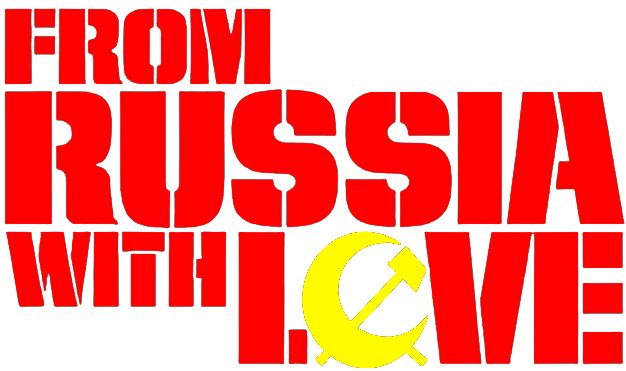The Russian people were struggling with internal and external problems. Russia was one of the last countries to industrialize and the government lacked any form of infrastructure. On January 9, 1905, in St. Petersburg, 400,000 workers went on strike. Tsarist Cossack bodyguards fired machine guns on thousands of protesting workers, killing 1,300. This became known as Bloody Sunday, and is considered one of the main cause of the 1905 Russian Revolution. Externally, Russia lost the Crimean War, they were the first European country to lose a foreign conflict to an Asian country (Russo-Japanese War 1905). They were poorly prepared for WWI, even though they were physically the biggest army in the world, they were not equipped with modern weapons.
As World War I dragged on, the Russian people grew angry at the Czar and his repressive government. In March of 1917, the Russian people rose up in revolt. Czar Nicholas II abdicated the throne, and a power struggle between moderate socialists (White Russians) and a group of hard-core revolutionary communists called the Bolsheviks began. The Russian Civil War, (1918–21), was a conflict in which the Red Army successfully defended the newly formed Bolshevik government led by Vladimir I. Lenin against various Russian and interventionist anti-Bolshevik armies. According to Matthew Roland:
The Bolsheviks were loyal to Lenin and the doctrine of the Communist Manifesto. The Communist Manifesto appears to be an extremely good system on paper, but due the selfishness of human beings, it can never be implemented as Karl Marx would have hoped. In essence, it is expected that all people would sacrifice their wealth and lead a life where you are expected to live off a mediocre amount of money that could get you by day to day (which is appealing to poor industrial workers). But you are expecting people to 1. Trust their government and 2. Not spend money.
The Bolsheviks promised they would make peace with Germany if they were in power. They gave Germans hope that Russia would drop out of the war. This would allow Germany to concentrate all their troops against the British and French on the Western Front. So, the Germans came up with a plan to help the Bolsheviks. They facilitated the arrival of Vladimir Lenin back into Russia. The White Russian army was badly demoralized. The Bolsheviks recruited many soldiers to their cause. Through mass conscription the Red Army grew to one million men by the spring of 1919; to 3 million by 1920; and 5 million by the end of the civil war.
When Germany launched an attack in July 1917, thousands of White Russian soldiers deserted their posts. The Bolsheviks grew more powerful. In October 1917, they seized power. The country they founded would eventually be called the Union of Soviet Socialist Republics, or the Soviet Union.
The White armies (also known as the ‘White Guards’) were counter-revolutionary groups that fought against the Bolshevik Red Army for control of Russia. Their political and military effectiveness was hamstrung by divided leadership, disparate motives, and an inability to offer hope for the future. The Whites had lacked coordination and were plagued by personal rivalries among their leaders. Their slogan:
A united and indivisible Russia
alienated national minorities, and played into the Bolshevik’s hands. The Civil War, fought initially with small Russian forces of uncertain morale, grew in scope and bitterness. Villages and entire regions changed hands repeatedly in a fratricidal conflict in which both sides committed atrocities. This led to the exodus and of many Russians out of Russia.
